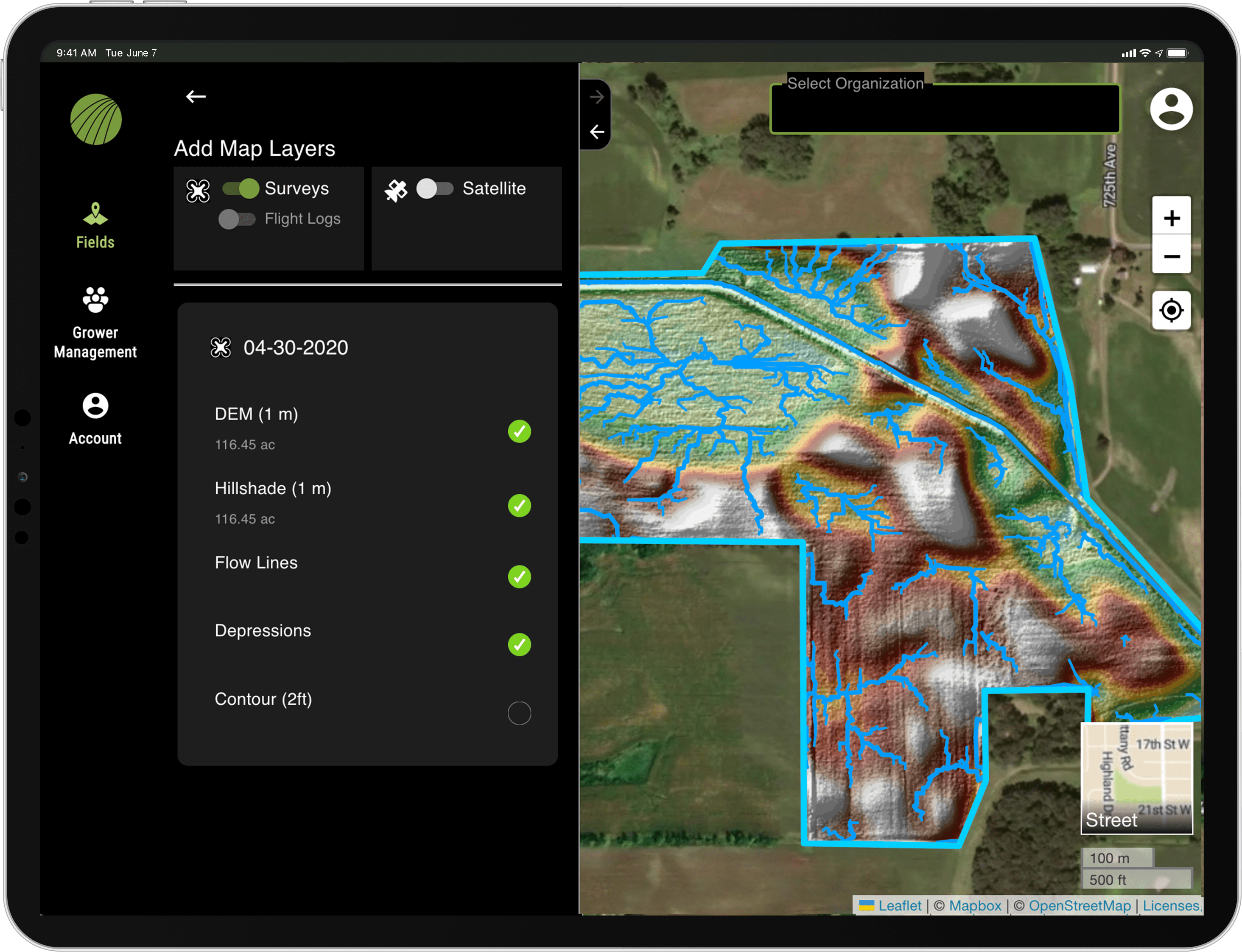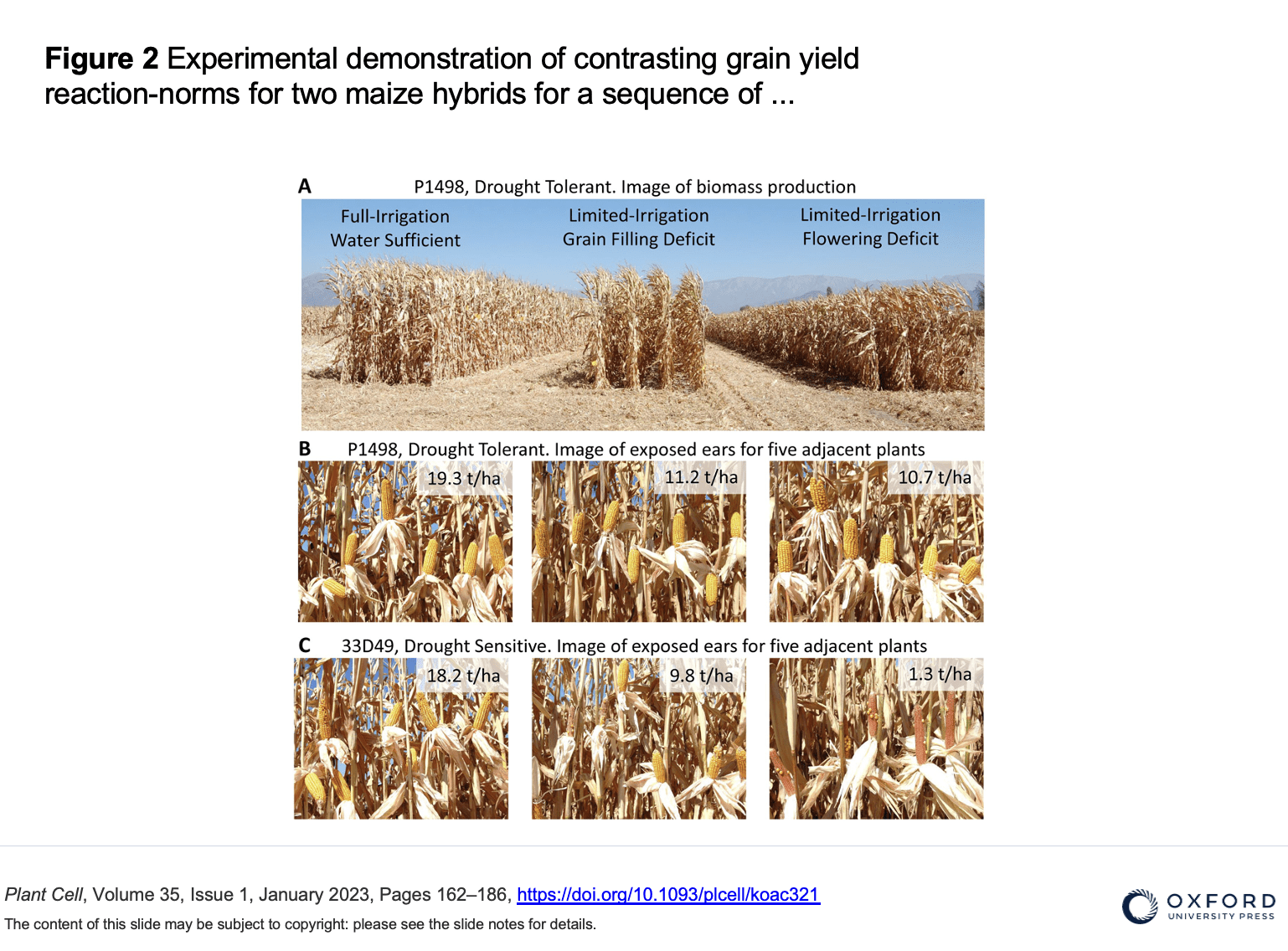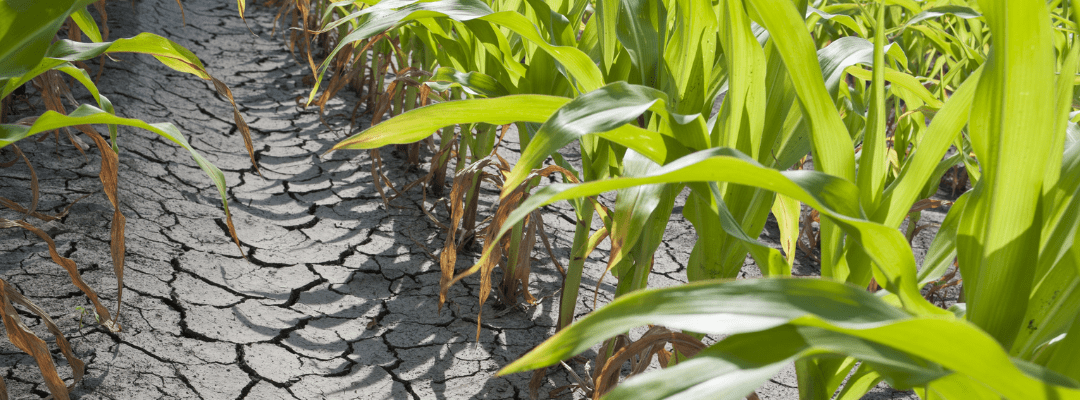Rain, rain don’t go away – is how the saying should be as we face these dry and unideal growing conditions.
Weather seems to be to be taking over the conversation in agriculture as concerns of drought sweep the industry. Heat waves that used to happen every 100 years in the Midwest are now happening every six. And for some areas, this isn’t just a topic of conversation, it is a reality that they are dealing with as we speak. We are seeing the true impact of drought on agriculture as it devastates wheat crops across Kansas.
In order to reach goals of higher productivity and yields, the potential mass crop loss from drought can’t be afforded – both in terms of sustainability and profitability. When reflecting on the 2022 season, it is reported that droughts and wildfires have resulted in over $20.4 billion in crop losses, which damages the livelihoods of many and adds further stress to solving the world food crisis.
So, how can we mitigate the impact of drought on agriculture?
Using Remote Sensing to Combat Drought
Remote sensing’s ability to provide fast and accurate data has revolutionized data collection – and can even assist in combatting drought conditions. Real-time data and full-field and plot analysis provide the necessary insight into how drought is impacting crops while helping to inform critical decisions.
Vegetative indices, like Normalized Difference Vegetation Index (NDVI) and Normalized Difference Red Edge (NDRE), have allowed us to uncover more than what is seen by the naked eye – providing further insight into performance. By unwrapping what is happening beyond the surface, we can better detect indicators of drought and other detrimental conditions. Water stress is a key factor that can impact both crop health and vigor, which is best indicated by NDVI and NDRE. This data helps to inform input decisions, like what areas need water.
Getting insight into crop health throughout the season can provide a good indication of when stress happens, and how to mitigate the impact. Other key analytics that provide insight into biomass, height and canopy growth, and even end-of-season yield potential help to showcase key gaps caused by less-than-ideal conditions.
Remote sensing can go beyond the plant and how it performs – it can uncover how field conditions will impact your outcomes and yields. Elevation & Hydrology is a prime example of this; while it is a good indicator of flooding, it also provides a glimpse into what areas are more susceptible to the exact opposite. By understanding how water flows, or doesn’t flow, water management strategies can be better informed, like with determining areas in need of irrigation systems or even how it impacts planting strategies. Understanding the start to finish movement of water in your field can provide crucial insight into where the water will end up in your field.

Example of Elevation and Hydrology
Residue Cover also can prove beneficial in understanding water retention within your fields and plots. This data analytic can determine the best approach to water management practices based on how well or poorly soil handles and stores water. This can also help to gauge how much water is even in the soil, monitoring concerns surrounding drought.
Research & Product Advancements Limit the Impact of Drought on Agriculture
Ag researchers and product developers continuously work diligently to uncover new and improved variations to adapt to the changing environment around them. Hybrid seeds designed to be more drought-resistance are making it easier for growers to accommodate these changing conditions.
And, it’s working. This article dives into the advancements around hybrid seeds and drought tolerance; and in this image, clearly showcases the difference in biomass production between drought tolerant and drought sensitive plants:

Another example of advancements in seed traits to combat drought: Short-stature corn.
Short-stature corn has been introduced as a solution to many of the concerns swirling around agriculture – including drought. Due to the corn being shorter, the stalks are essentially stronger and more durable to less than optimal conditions. This includes more resistance to wind and more efficient water and nutrient use. This makes for an ideal product for reducing the impact of drought on agriculture and leading us to a more sustainable future.
And this is just the beginning for crop varieties built for overcoming the challenges facing agriculture and leading to significant crop loss. Less intensive input use can be not only better for combating scarce resources, but also can be financially efficient. In order to mitigate the impact of drought in agriculture, uncovering new products and practices is key in adapting.
It Doesn’t Stop There: Alternative Methods for Mitigating Drought
So, what are some other potential methods to reduce the impact of drought on agriculture – as well as the risk of drought? This is a combination of more sustainable agricultural practices ranging from how and what crops you plant to even using livestock to your advantage.
Regenerative agriculture is a method that comes to mind when thinking of proactive practices in dealing with drought and other restrictive conditions. What does regenerative agriculture have to do with drought? Well, healthy soil is going to interact with water in a healthy manner – meaning it can take it in and increase its storage potential. Since regenerative ag works to build soil health, it is setting up the foundation for combatting unideal conditions.
Selecting specific crops, when to rotate them, and when to plant them comes into play in reducing susceptibility to drought. Planting cover crops, or other more drought-tolerant plants that require less water and nutrient retention. By carefully selecting and rotating crops, you’re able to preserve soil quality while adapting to less fortunate conditions. This ties in with regenerative agriculture on building a healthier foundation to crop growth and durability. Even adjusting livestock management by managing grazing patterns and providing shade and shelter can assist in reducing excessive water use that can be allocated to more pressing areas.
There’s also a surge in the idea of rewilding, or ecological restoration that focuses on increasing biodiversity and bringing back the area’s natural processes. A recent study claims that in the western region of America, a focus on increasing beaver populations to their previous levels could have an impact on how water flows, even during a drought.
Even as drought conditions continue to make headlines and frustrate growers, there are solutions that can provide support – from using the newest technology for insight into crop stress to inform irrigation strategies to leveraging the latest advancements from ag researchers, we are making headway in helping to solve this tough, and growing, challenge for our industry.


